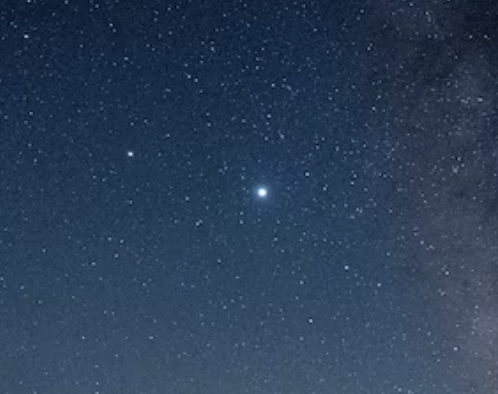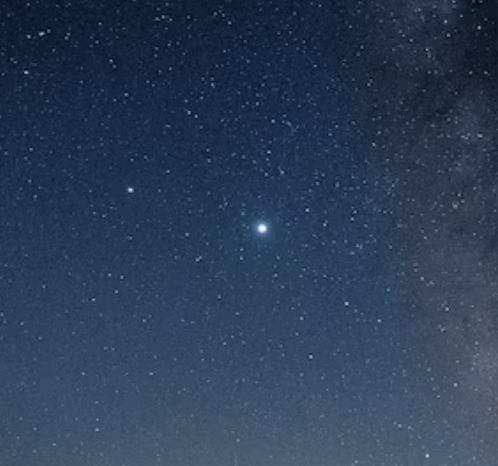
No matter the time of day, I love laying on my blanket in the middle of a field and staring up at the sky. While you are the one that walks through the forest to create movement, the sky appears the exact opposite. Only when you lie perfectly still can you track the movements of the elements. The clouds rolling by, the planets slowly making their way, or tracking the stars from night to night. It’s all right there, if you just sit and let it pass you by.
Don’t mistake my appreciation for the sky as knowledge of it. I took a planetary astronomy class in college and cannot even remember the name of Jupiter’s moons. I wasn’t there for the science but for the hours of simply laying on my back on a blanket looking up at the night sky. Every once in a while you had to roll over and write something in your notebook, but I’m pretty confident the professor knew no one was really there to study…
I was there to be in the moment, to get lost in meditative study of the sky around me. To pay such close attention that I believed I could feel the earth moving underneath the starry sky. I loved watching the clouds move around the moon, changing the feeling of a night from peaceful to eerie in just a few minutes.
But my favorite is when Orion the Hunter starts to rise in the sky. It’s really one of the only constellations I know, and in our part of the world it rises as winter comes. It reminds me to get ready, to start prepping my home for the upcoming changes for the season. I mean, obviously I could look at the leaves to see that winter was coming, but the sky also tells a story — when we can see it.
Light pollution is getting worse. A recent study showed that it is increasing by up to 10% every year. That means that if there were 250 visible stars in the sky when someone was born, but by the time they are 18 years old they will only see 100 of those same stars. We are literally losing our sight in order to see — how screwed up is that?
For some reason beyond light pollution, we keep our house dark. There are no outside lights and our blackout curtains hide the interior lights from the outside world. We have a sensor light to chase away the bear (who is obviously not intimidated at all if we judge by the scratches on almost everything) and to light the entrance when we get home. But that’s it.
According to the international light pollution map, our home has a brightness level of 0.206, the Killington Road is at 0.364 and Rutland stands the brightest at 1.01 mcd/m2. While I’m not sure what that really means, I can tell you that New York City has an mcd/m2 of over 10! The middle of the ocean is listed at <0.171, which leads me to believe that our little section of Vermont has some really good night views. I’m down for that.
Perhaps we need a stargazer club, to take advantage of our beautiful night skies. We stare at our leaves for weeks, people coming here from all over the world to enjoy their brightly colored beauty. Perhaps we need to remind our guests to step outside at night and look upward. It’s difficult to capture on social media, but our skies are some of the most beautiful and accessible in the world.
I’m really writing this to remind myself to go lay outside this weekend when I get out of work. The sky is so dark when I get home around midnight and I literally never remember to take a moment to look up. My ears are open, listening to the wolf and coyote yelling back and forth at each other and the owl telling them to shut up. I always take a deep breath of fresh air, because I love the smell of the earth. But rarely, if ever, do I take a moment to gaze up at the stars.
The next new moon is on Nov. 13. I’m marking that in my calendar now and committing myself to stargazing that evening when I get home from Mary Lou’s. I’m going to stuff some handwarmers in my sleeping bag and make myself a beautiful cup of hot chocolate for my thermos. Then I am going to lay there, in the middle of my lawn, and look as far into the cosmos as I possibly can. Who knows what we can see if we truly sit and look?




